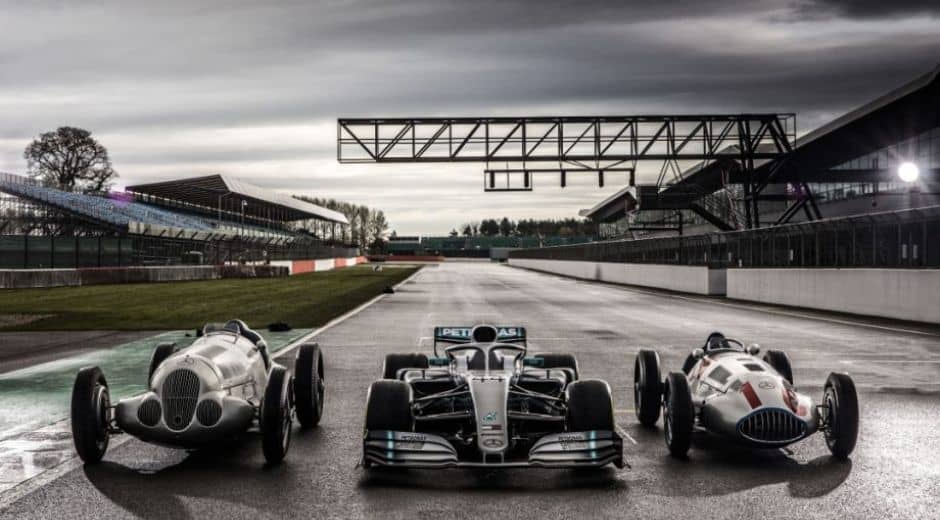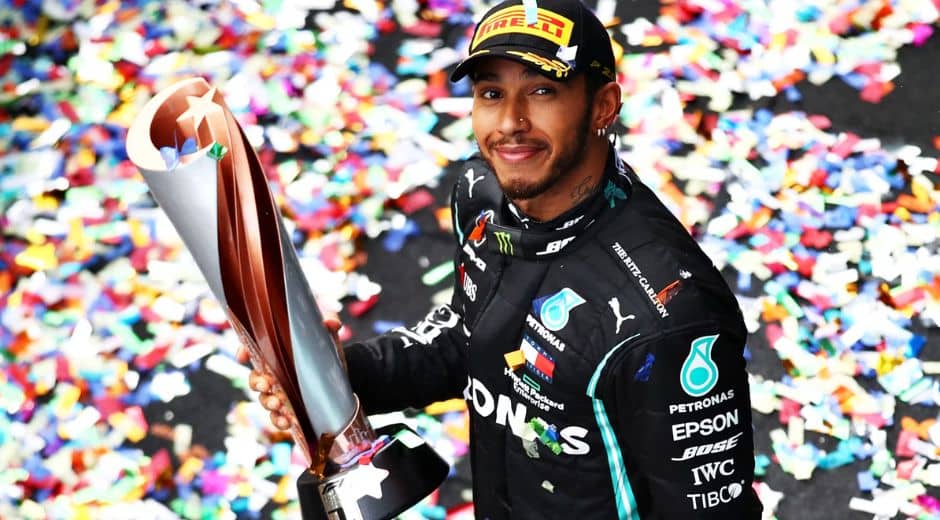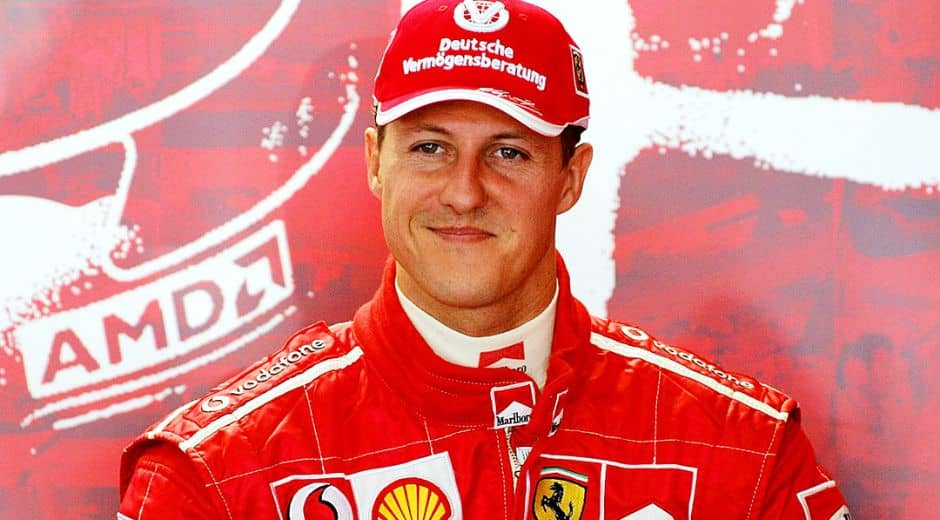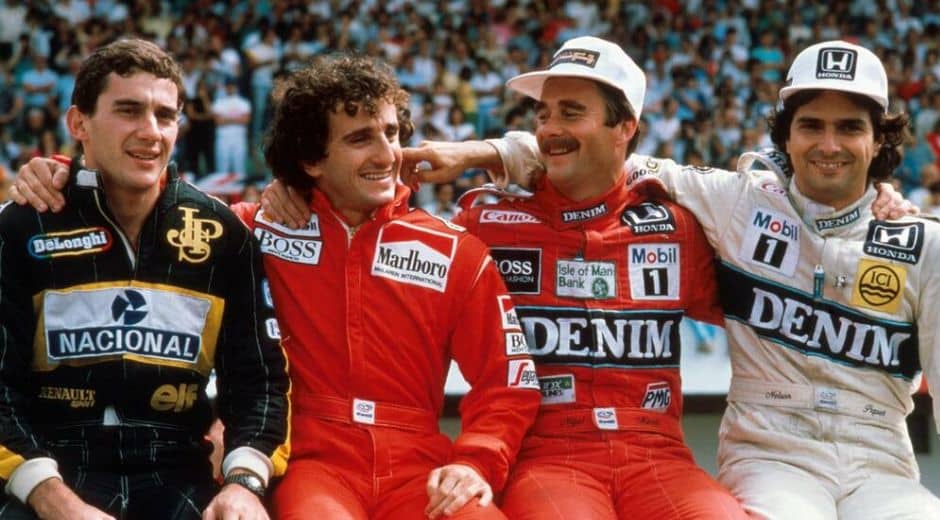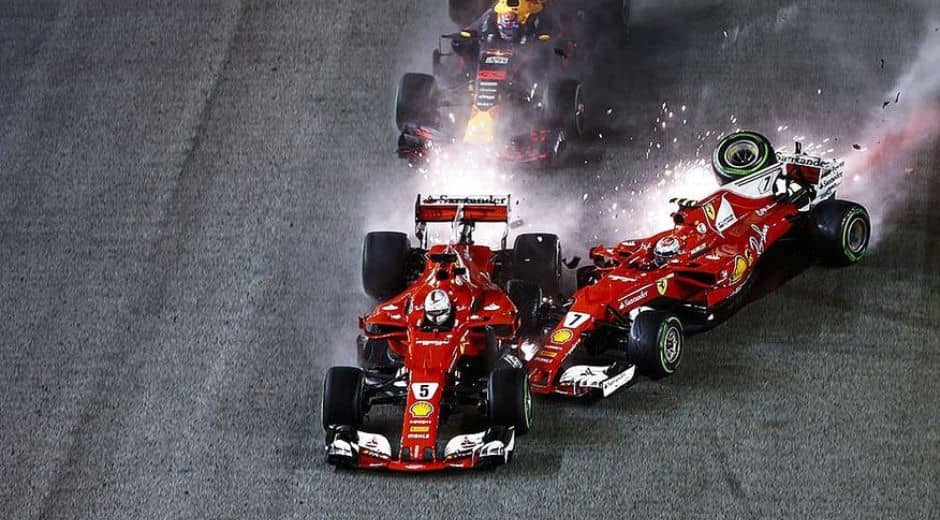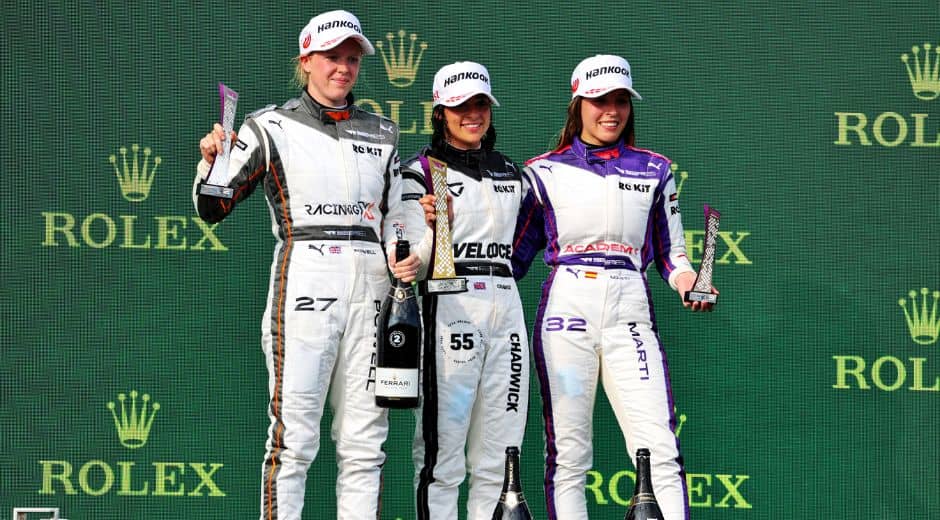The Perfect Formula 1 Pitstop: Seconds to Glory
In Formula 1, speed is everything — but the true magic often happens when the cars aren’t even moving. The Service stop, that lightning-fast moment when engineers, mechanics, and technology come together, can decide whether a driver finishes first or fades into the background. A fraction of a second separates triumph from defeat, and behind every winning race lies the perfection of the pitstop.
The Heartbeat of Formula 1
While the drivers get the spotlight, the pitstop crew is the hidden powerhouse of any team. In less than three seconds, they lift the car, change four tires, adjust wings, and send the machine back on track. Every movement is rehearsed hundreds of times. Precision becomes instinct, and instinct becomes art.
The shortest Service stop in F1 history lasted just 1.82 seconds, set by Red Bull Racing. That micro-moment of excellence showcases how Formula 1 is not just a driver’s sport — it’s a symphony of coordination.
The Anatomy of a Pitstop
A Formula 1 Service stop involves at least 20 people. Each has a specialized role: wheel gun operators, tire removers, tire fitters, jack men, stabilizers, and lollipop controllers. One mistake — even a millisecond’s delay — can ruin an entire race strategy.
The team’s synchronization is almost mechanical. Every crew member memorizes their movement: when to approach, how to rotate the gun, how much pressure to apply. Watching a perfect Service stop is like witnessing a choreographed ballet of speed and precision.
Strategy Behind the Seconds
Beyond the physical act, the pitstop is a strategic weapon. Teams use it to undercut rivals, switch tire compounds, or react to weather changes. Choosing the right moment to stop is a game of calculation, data, and nerve.
For instance, pitting one lap earlier than a rival might allow a driver to gain enough time to overtake once the opponent stops. This is called the “undercut,” and it’s one of the most daring tactical moves in modern racing.
However, gamble too early, and the tires may degrade before the finish. Wait too long, and you risk being overtaken. The art of timing the Service stop is as crucial as executing it.
Evolution Through Technology
The evolution of the Formula 1 pitstop reflects how technology drives progress. In the 1950s, pitstops could last over a minute as crews manually refueled and changed tires. Today, every motion is guided by sensors, torque measurements, and instant data feedback.
Teams analyze video footage frame by frame to perfect hand placement and positioning. Data analysts measure reaction times in thousandths of a second. Every nut tightened, every tire aligned, adds up to a masterpiece of human-machine collaboration.
Formula 1’s continuous innovation ensures that the Service stop will always remain a blend of precision engineering and physical performance.
Human Performance at Its Peak
Behind the helmets and gloves, the pitstop crew are athletes in their own right. They train for explosive power, reflexes, and teamwork. A single crew member may change thousands of virtual tires in simulation before touching a real one.
Coordination drills and gym routines are part of their daily life. Every movement is practiced until it becomes automatic. The goal is perfection under pressure — to perform flawlessly while the world watches and the clock races.
Famous Pitstop Moments
The 2021 Monaco Grand Prix taught every team a painful lesson when Mercedes experienced a 43-hour Service stop due to a stuck wheel nut on Valtteri Bottas’s car. On the other hand, Red Bull’s flawless execution during Max Verstappen’s 2023 season reflected how mastery of pitstops can define championship glory.
A great pitstop can win a race. A poor one can end a title dream. The smallest mistake — a cross-threaded nut, a misread signal — can destroy hours of racing perfection.
The Invisible Pressure
Every second inside the pitstop zone feels eternal. The driver must stop on an exact mark, neither an inch forward nor behind. The crew must trust that timing, relying entirely on muscle memory and synchronization.
Failure isn’t an option. The car’s temperature, tire pressure, and aerodynamic balance all depend on how efficiently that pit crew operates. Every member carries the weight of responsibility — and every one of them knows that one misstep can rewrite the race.
Data, Decisions, and the Race Within the Race
Each Service stop decision comes from a combination of human judgment and computer simulation. Teams monitor tire wear, lap times, and real-time telemetry to determine the best moment to pit.
Strategists balance track position with tire life. Engineers watch rival data feeds to predict moves. Pit walls turn into high-tech war rooms, filled with analysts crunching numbers to make a single call. That call — “Box, box!” — echoes through the radio, signaling the moment where milliseconds will decide everything.
The Pitstop Beyond Racing
The concept of the pitstop extends beyond Formula 1. In business, medicine, or any high-performance field, the idea of optimizing processes for maximum efficiency reflects the same philosophy. Teams strive to achieve seamless collaboration under pressure.
Much like ecosystems in nature adapt to survive and thrive through coordination, you can explore this deeper connection between performance and balance on ecoglobalo, where mechanical precision meets organic evolution.
The Future of Pitstops
As technology advances, so will the Service stop. New materials, AI-driven tools, and automated torque systems are already being tested. Some experts predict that in the next decade, predictive algorithms could anticipate ideal pit timing before drivers even ask.
Still, the human touch will always matter. Reaction, intuition, and team trust can’t be replaced by code. Formula 1’s beauty lies in this fragile harmony between man and machine — and the Service stop embodies it best.
Final Lap Thoughts
The pitstop is more than just a service break. It’s the most precise, intense, and symbolic moment in motorsport. It represents teamwork, risk, and innovation condensed into seconds.
A flawless Service stop is not about luck — it’s the result of endless discipline. Each movement, each wrench turn, carries years of dedication.
To dive deeper into stories that explore the human side of performance and speed, visit SportSoulPulse, your destination for powerful insights into the world of sport and science.
Because in Formula 1, perfection is not about driving faster — it’s about mastering the Service stop.
The Pulse of Sport

Endurance: The Engine Behind Basketball Greatness
Endurance: The Engine Behind Basketball Greatness

The Acceleration Factor in Modern Football
The Acceleration Factor in Modern Football

Precision in Tennis: The Secret Behind Elite Performance
Explore how strategy, technique, mental strength, and physical mastery shape elite tennis performance in today’s fast-evolving sport.





